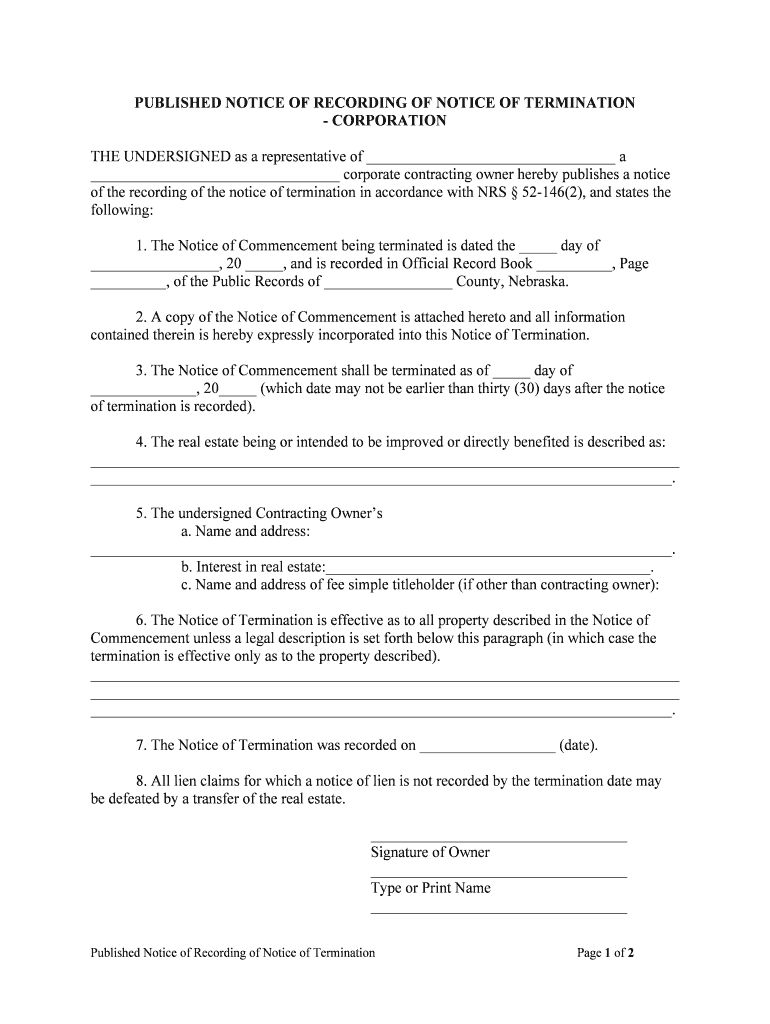
If you’ve decided to incorporate as a C corporation, S corporation, or B corporation, this article will outline the steps you’ll need to take. It’s common to feel a bit lost or overwhelmed, but with this guide, you’ll gain confidence in your ability to create your new business entity and get back to the work you love.
A corporate business entity is like a unique person that you get to create and control. It has its own tax life, laws, lifecycle, and care instructions. It is a responsibility, but the ability to incorporate is also the right of any U.S. citizen, so take advantage of it when it’s best for you.
Think of the entity formation process like doing your personal taxes—you must submit everything correctly, but you don’t need to understand every detail of the laws and codes surrounding the process. Plus, there are tools that can help you get it right.
Before we get started, prepare a few things. Consider finding and working with a CPA and a lawyer. Having both will add cost, but they should also add significant peace of mind to your work throughout this process. Also, create a quick lean financial forecast to ensure your business idea is viable. An accountant with a mind for Strategic Advisory services can help with that.
In addition to those types of hired help, you can get free guidance and support from a local SBDC consultant. Having experienced brains reviewing your business plan can help you ensure you don’t waste time and money on what is really a cool hobby or rewarding social venture masquerading as a great business idea.
1. Decide on your business location. Different states have different rules for their corporations. Incorporate in the state that you are physically located in and will do most of your business in.
2. Give your business a name. Ensure that it describes your business, will be remembered by your customers, won’t be rejected by your state, and won’t cause legal issues later on. Check if the name is currently used by another corporation.
3. Appoint your board of directors. A group of people who are legally required to act in your company’s best interest. The owner of the business is usually a member of the board.
4. Name your registered agent. Choose to hire an agent or be your own. A registered agent accepts official mail and service of process in case of a lawsuit.
5. Complete and file your articles of incorporation. Create your corporation by filing the official documents that establish your new corporation, including the name, registered agent, and board of directors.
6. Create your corporation’s bylaws. Outline the basic procedures and operations of your business. Keep it as simple as legally possible to comply with your state’s requirements.
7. Create a corporate record book. Use a binder to organize all your board meeting minutes and keep it in a safe place.
8. Hold your first board meeting. Record the minutes of the meeting and put them in the record book.
9. Issue stock. Issue stock to formalize ownership stakes in your company. The cash from each share issued can help the company start, run, and grow operations.
10. Go run your new business and keep following the rules! Pay your taxes, comply with state requirements and regulations, and consider filing as an S corporation or a benefit corporation if applicable.
Remember, incorporating a business involves following specific processes and regulations. Seek professional help when needed, and good luck with your new venture!
Hello!
I’m Andrew Brooks, a seasoned finance consultant from the USA and the mind behind phonenumber247.com.
My career is built on a foundation of helping individuals and businesses thrive financially in an ever-changing economic landscape. At phonenumber247.com, my aim is to demystify the complex world of finance, providing clear, actionable advice that can help you navigate your financial journey with confidence. Whether it’s personal finance management, investment strategies, or understanding the nuances of market dynamics, I’m here to share insights and tools that can propel you towards your financial goals.
Welcome to my digital space, where every piece of advice is a step closer to financial clarity and success!
